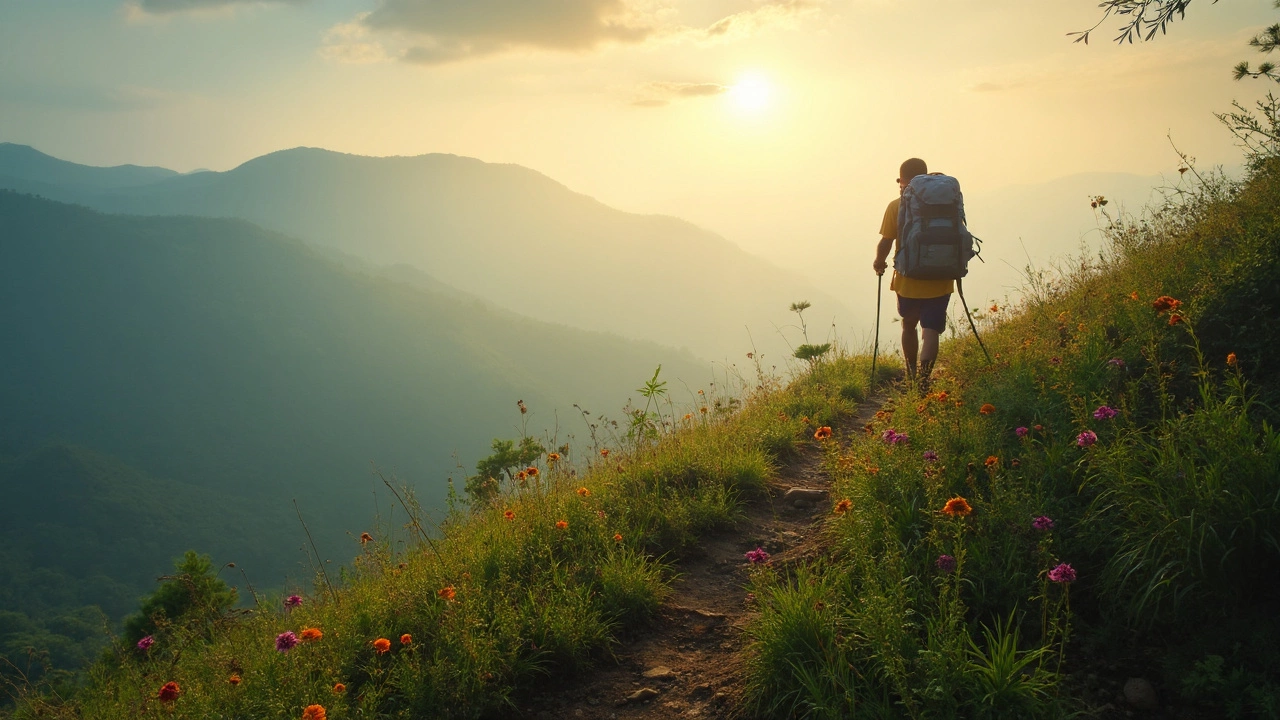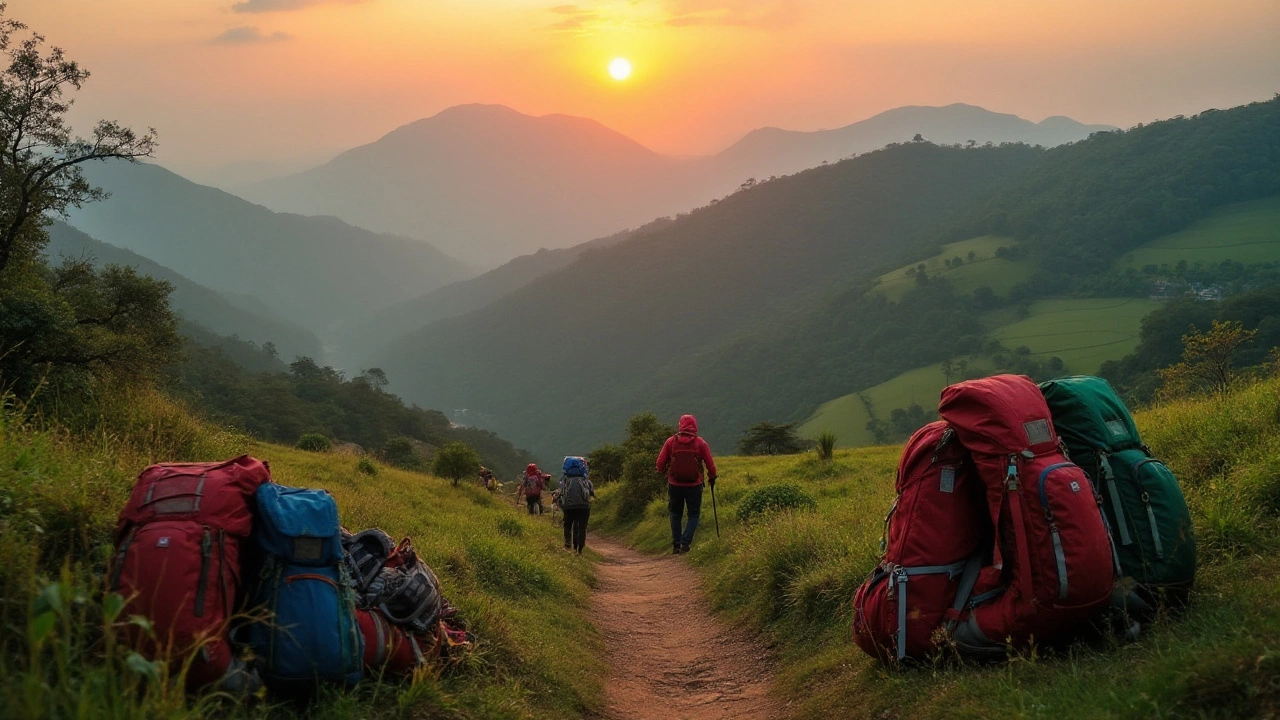SEARCH
India Hiking: Your Practical Guide to Trails, Gear, and Safety
India isn’t just about bustling cities and spice markets – it’s a giant playground for hikers. From the snow‑capped Himalayas to the misty Western Ghats, you can find a trail that fits your fitness level and curiosity. This guide gives you the basics you need to start, whether it’s a day trek or a multi‑day adventure.
Best Hiking Destinations in India
The Himalayas dominate the northern skyline, and spots like Triund (near Dharamshala) and Valley of Flowers offer breathtaking scenery without demanding technical climbing skills. If you prefer tropical vibes, the Western Ghats deliver cool waterfalls and lush tea estates – think Munnar’s Anamudi Peak or the Kudremukh trek in Karnataka. The Aravalli range in Rajasthan provides desert‑rock hiking that’s surprisingly gentle, while the Eastern Himalaya’s Dzongri‑Lobuche circuit challenges seasoned trekkers with altitude but rewards with clear mountain views.
Each region has a best‑time window. The Himalayas shine from April to June and September to November, when trails are clear and crowds thin. The Western Ghats are most comfortable from October to February, avoiding heavy monsoon rains. Planning your trip around these periods ensures safer footing and more enjoyable weather.
Essential Gear & Safety Tips
You don’t need a full mountaineering kit for most Indian hikes, but a few items make a huge difference. A sturdy pair of trekking shoes with good ankle support prevents blisters and twists. Pack quick‑dry clothing, a waterproof jacket, and layers you can add or remove as temperatures change. A compact first‑aid kit, water‑purification tablets, and a reliable headlamp are must‑haves.
Navigation is simple if you download offline maps of the trail area and carry a basic compass. Mobile signal can be spotty, so a power bank is essential. Always tell someone your route and expected return time; local guides or forest department offices can help if you get lost.
Altitude sickness is a real concern in the higher Himalaya treks. Ascend slowly, stay hydrated, and keep an eye on how you feel. If you notice headaches, nausea, or dizziness, stop, rest, and descend if symptoms worsen. Most lower‑altitude trails in the Ghats and Aravalli don’t pose altitude risks, but you should still watch for sudden weather changes.
Budget‑friendly hikers can save by using government‑run guesthouses, sharing rides to trailheads, and cooking simple meals on a portable stove. Many popular routes have basic tea houses where you can refuel for a few rupees. Booking a local guide not only supports the community but also adds safety knowledge about hidden water sources and trail conditions.
Respect the environment: carry a small trash bag, stick to marked paths, and avoid disturbing wildlife. India’s trekking areas are home to endangered species like the snow leopard and lion‑tailed macaque, so keeping a low impact helps protect them for future hikers.
Whether you’re after a sunrise over the Himalayan peaks or a cool waterfall trek in the south, India offers a trail for every taste. Start with a short hike, learn the basics, and gradually expand to longer routes. With the right gear, timing, and a bit of local insight, you’ll find hiking in India both affordable and unforgettable.

Best Countries for Trekking: Exploring India's Top Trails
India is a paradise for trekking enthusiasts, offering a range of spectacular trails that cater to both beginners and seasoned hikers. From the gorgeous snow-capped peaks of the Himalayas to the lush greenery of the Western Ghats, there’s no shortage of breathtaking treks. Discover some of India's most remarkable trekking spots, complete with tips on the best times to visit and must-see sights. Whether you're seeking adventure or a peaceful escape into nature, India’s diverse landscapes have something for everyone. Lace up your boots, and set out to explore these incredible paths.
Continue reading
Understanding Trekking Costs in India's Breathtaking Trails
Exploring the diverse landscapes of India through trekking is a rewarding experience that comes with varying costs. Understanding the expenses involved in trekking across different Indian terrains can help adventurers plan better. This article breaks down factors affecting trekking costs in India, from essential gear to travel and accommodation, offering a comprehensive guide for both budget and luxury trekking enthusiasts. With insights into various popular trekking destinations, this piece aims to equip readers with the knowledge they need for a memorable trekking journey.
Continue reading